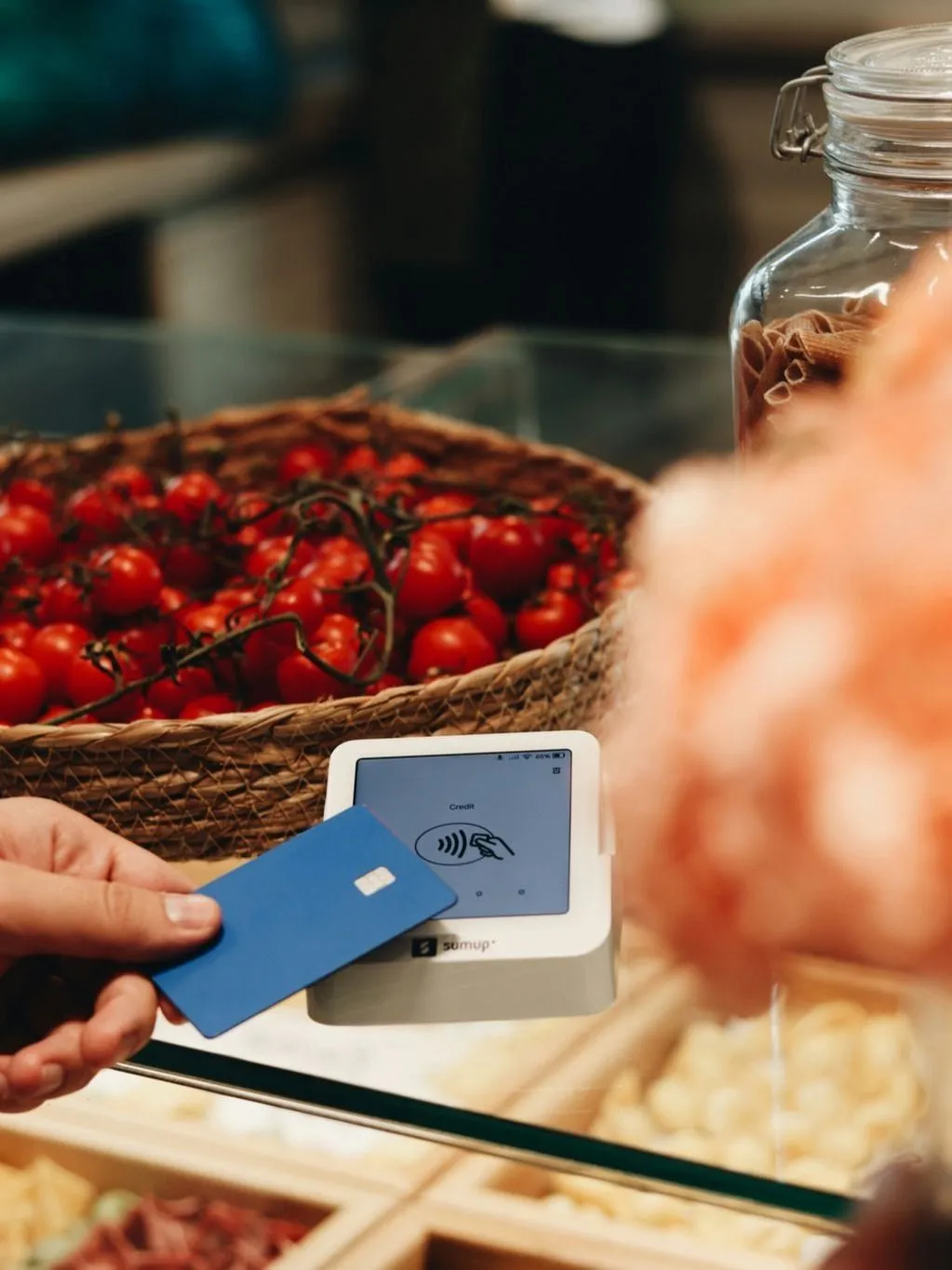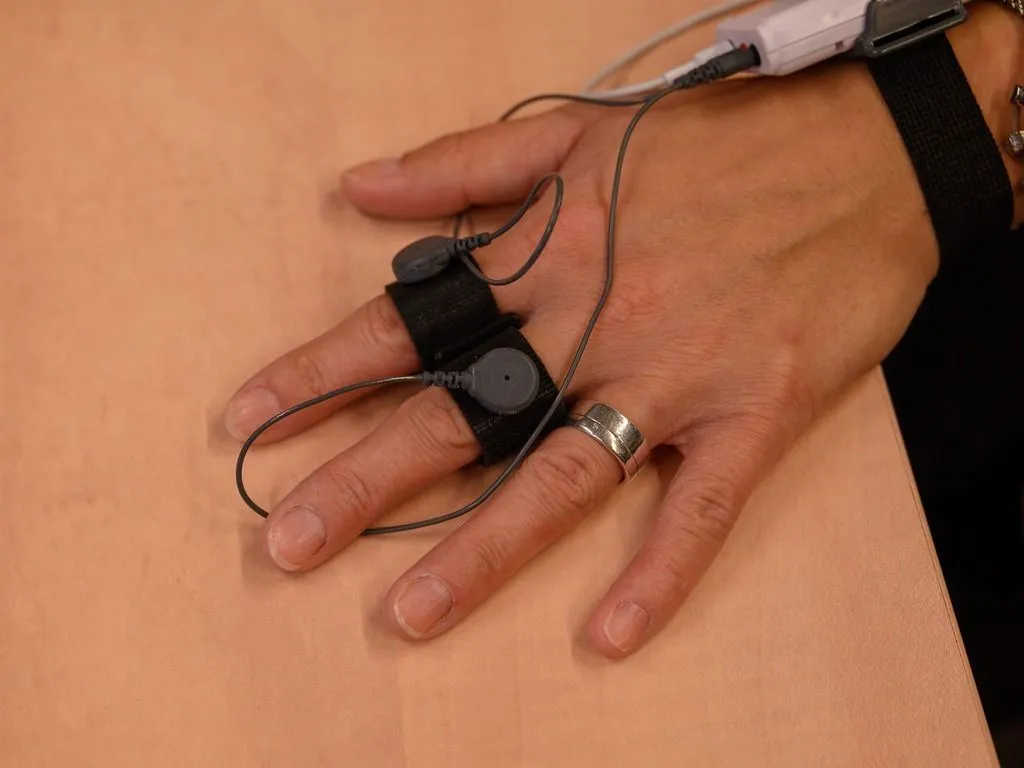Understand human behavior
Behavioral economics
Behavioral economics merges psychology and economics to explore how psychological factors influence economic decisions, helping policymakers and businesses create strategies that better match human behavior and decision-making, enhancing economic and social outcomes.
- How do psychological factors shape economic decisions?
- What influences your spending and saving behaviors?
- How can understanding behavior improve policy effectiveness?

A day in the life of a behavioral economist
As a behavioral economist, your workday combines theory, experimentation, and data analysis to understand human decision-making. You design experiments using both quantitative and qualitative methods, including surveys and biometric tools like eye-tracking, to explore why people make specific choices.
Uncover patterns in behavior
A large part of your day is spent analyzing data to uncover patterns in behavior, often dealing with cognitive biases and irrational decision-making. You collaborate with experts across fields to develop models that explain and predict behavior. Balancing psychological complexity with data precision, your work has practical applications in areas like public policy, marketing, and finance.
Staying current with the latest tools and methodologies is part of your daily routine. Discover how Noldus can support you in achieving all of this.
What is behavioral economics?

Behavioral economics is a field that combines insights from psychology and economics to study how people actually make decisions, as opposed to how they are expected to behave based on traditional economic theories. It explores the cognitive biases, emotions, and social factors that influence choices, often leading to irrational or suboptimal decisions.
Understand behavioral patterns
By understanding these behavioral patterns, researchers can better predict real-world economic behaviors and design interventions that guide people towards better decision-making in areas like finance, health, and public policy. Behavioral economics seeks to bridge the gap between economic models and human behavior.
Best practices in behavioral economics research

Define clear objectives | Set specific research goals to focus on particular behavioral patterns or decision-making processes. This ensures the research addresses the right questions and yields actionable insights.
Incorporate both qualitative and quantitative methods | Combine interviews, observations, and numerical data to gain a holistic understanding of behavior. This allows researchers to capture both the "what" and the "why" of decision-making.
Conduct pilot studies | Test your methodology on a small scale before launching large-scale experiments. This helps identify potential issues and ensures the research design is effective and clear for participants.
Ensure ethical standards | Obtain informed consent, protect participant privacy, and handle data responsibly. Ethical practices build trust and ensure the welfare of participants, which is critical in behavioral research.
Control for biases | Carefully design experiments to minimize cognitive biases or unintended influences on participants. This ensures that results reflect genuine behavior rather than external factors introduced by the study itself.
Test in real-world settings | Validate lab-based findings in natural environments to ensure the results are applicable outside of controlled scenarios. This helps to bridge the gap between theoretical research and practical, real-world applications.
Iterate and refine hypotheses | Be prepared to adjust hypotheses and methodologies as new data and insights emerge. Behavioral research often uncovers unexpected findings, requiring flexibility and ongoing refinement of research approaches.
How to uncover answers: Gaining real-world insight into economic choices

Observations
Observing real-life behavior is essential in behavioral economics, offering valuable insights into how adults make economic choices in real or partly controlled settings. Through observation, researchers can see directly how biases, social influences, and context shape decision-making.
- Video observation is a non-invasive form and will enable you to capture (inter)actions. Multiple camera views create new perspectives.
- To properly analyze behaviors, you need to review and code your video observations.
- Observation labs are ideal for controlled, discreet analysis, letting participants behave naturally in structured settings.

Behavioral experiments
Behavioral experiments in a controlled environment are essential for identifying cause-and-effect relationships and uncover the underlying mechanisms that drive people's actions and economic choices.
- To capture reactions to stimuli or how participants perform a task, video recordings are instrumental.
- Statistical methods to identify patterns that might go unnoticed otherwise, ensuring results are reliable for informed decision-making.
- Behavioral experiments typically take place in controlled environments such as a research lab. Benefit of precise control and access to advanced technology.

Physiological measures
Behavioral economics benefits from physiological tests, which provide a deeper understanding of the emotional and bodily responses that accompany economic decisions.
- By integrating various data streams you get a comprehensive view of participants' behaviors and physiological responses. Besides, you want everything to be aligned for accurate analysis.
- Combining facial expression analysis with physiological data gives a fuller picture of emotional experiences. This helps in understanding how emotions manifest both externally (through expressions) and internally (through physiological changes).
Buyer’s guide to the perfect audiovisual lab
Free buyer's guide
- What is an audiovisual lab?
- What do you need to complete your setup?
- How does an audiovisual lab help you answer your research questions?
Are you looking for advice on your application?
Do you want to learn more about how to apply Noldus products to your
research, or do you need advice from our team of behavioral experts?
Noldus is here to assist you throughout the whole process.